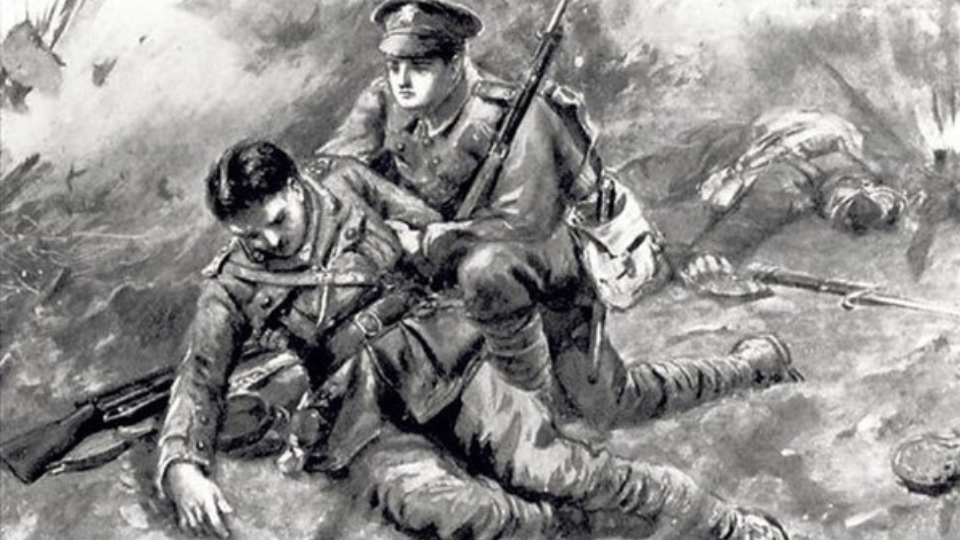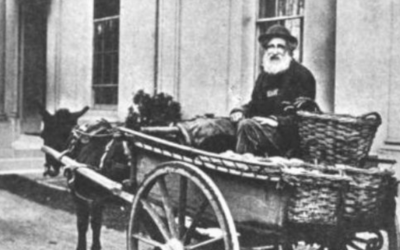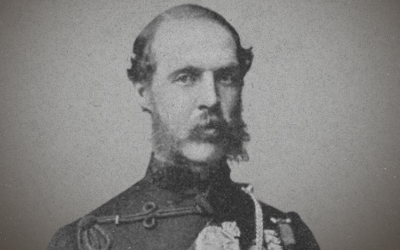Early Life & Enlistment
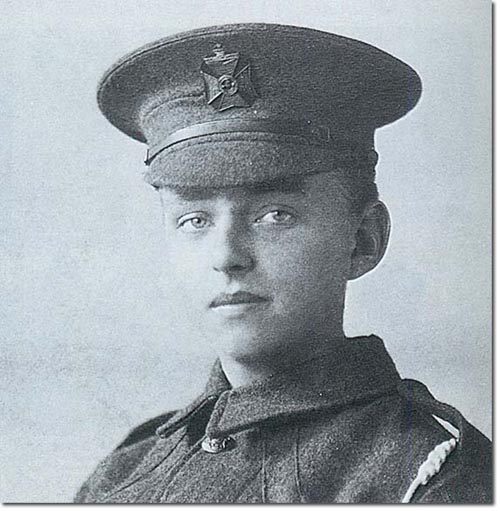
George Peachment was born on 5th May 1897 in Bury, Lancashire. After leaving school, he worked as an apprentice fitter, but like many young men of his generation, he was determined to serve when war broke out in 1914.
At first, his youth held him back, and he was rejected when he tried to enlist as he was too young to serve. But in April 1915, just weeks before his 18th birthday, he finally succeeded in joining the King’s Royal Rifle Corps. Posted to the 2nd Battalion, he was appointed orderly to Captain G.R. Dubs, commander of A Company, shortly before the Battle of Loos.
The Battle of Loos
In September 1915, the British launched a new offensive at Loos. For the first time, poison gas was used as part of the assault. But the wind betrayed the attackers, and 200 men of the 2KRRC were incapacitated by the gas carried back on the wind before the advance had even begun.
Through choking gas, smoke, and heavy machine-gun fire, the battalion pushed forward only to find the German wire still uncut. Forced to fall back and reorganise, the Riflemen withdrew under fire.
It was during this desperate moment that Peachment spotted his company commander, Captain Dubs, lying wounded in no man’s land, just 15 yards from the German line.
Despite this success, the enemy opened fire—killing some of their own men and wounding Cooper’s. Still undeterred, and with barely 20 men left of his platoon, he pushed forward to the next enemy position.
His Victoria Cross citation praised his “magnificent act of courage,” noting how his initiative not only saved lives, but likely prevented a serious setback for the wider operation.
“He Showed the Greatest Gallantry”
Ignoring every instinct of self-presentation, Peachment crawled forward into the open. Although a nearby shell-hole offered cover, he did not take it. Instead, he knelt beside his officer and tried to help him, fully exposed to enemy fire while he tried to staunch Captain Dubs’ wounds.
He was first wounded by a bomb and, moments later as Captain Dubs tried to return the favour of aid and drag him into cover, he was fatally struck by a rifle bullet. His Victoria Cross citation records:

Captain Dubs was later recovered and survived his wounds. He wrote to Peachment’s parents while he was convalescing after they enquired about their son, concerned that they had heard no news of him:
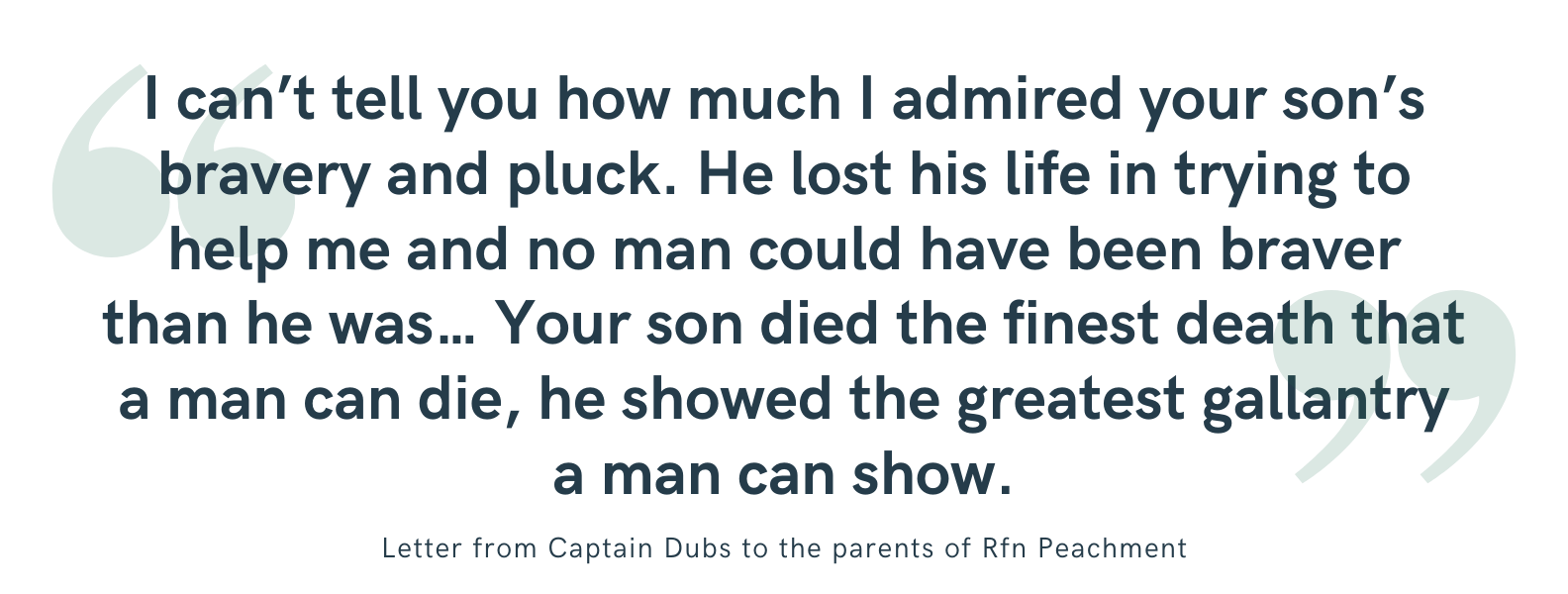
Legacy of a Young Hero
At just 18 years old, George Peachment was one of only eight soldiers of that age to be awarded the Victoria Cross in the First World War. Like so many others, he has no known grave, but his name is inscribed on the Loos Memorial.
More than a century later, his memory endures. In 2018, Bury Council named a new housing complex for older residents Peachment Place, chosen by public vote in honour of the local boy whose courage and sacrifice continue to inspire.
His medals are on display in the Imperial War Museum.

